By futureTEKnow | Editorial Team
Robotics has always been about pushing boundaries—making machines move faster, jump higher, and adapt to the world around them. But the latest breakthrough from MIT’s Computer Science and Artificial Intelligence Laboratory (CSAIL) shows that the next leap in robotics might come not from human ingenuity alone, but from the creative power of generative AI.
MIT researchers have harnessed diffusion models—the same kind of generative AI behind tools like DALL-E—to rethink how robots are designed. Instead of just generating images or videos, these models can now create and optimize physical robot components. Here’s how it works:
Start with a 3D model: Engineers draft a robot and specify which parts they want AI to improve.
AI brainstorms and simulates: The diffusion model generates new shapes for those parts, simulates their performance, and iterates until it finds the most promising design.
Build and test: Once the optimal design is found, it’s 3D printed and tested in the real world—no extra tweaks required.
The team put this approach to the test by designing a jumping robot. The AI-generated version could leap about 41% higher than its human-designed counterpart. The secret? Instead of straight, rectangular linkages, the AI proposed curved, drumstick-like connections that store more energy and release it efficiently during a jump.
But jumping high isn’t enough. The researchers also used AI to design a new foot for the robot, optimizing it for stable landings. The result: the robot fell 84% less often than before, showing that AI can balance multiple design goals—like height and stability—simultaneously.
Traditional engineering often relies on intuition and incremental tweaks. Generative AI, on the other hand, can explore unconventional solutions that humans might overlook. For example, when the team tried to make the robot’s links thinner to reduce weight, the material became too fragile. The AI sidestepped this by inventing a new shape that was both strong and energy-efficient.
This isn’t just about jumping robots. The same approach could help companies rapidly prototype manufacturing or household robots, saving time and uncovering better designs than traditional trial-and-error methods.
MIT’s work is a glimpse into a future where engineers and AI collaborate. Imagine using natural language to ask an AI to design a robot that can pick up a mug or operate a tool, and having the system generate, test, and refine ideas in hours instead of weeks.
As materials and AI models improve, we’ll see even more dramatic gains. The researchers believe future robots could jump higher and adapt better, especially as lighter and more flexible materials become available,
Generative AI is now a tool for physical innovation, not just digital creativity.
Diffusion models can optimize real-world performance—from jumping height to landing safety—by simulating and refining thousands of designs.
AI is becoming a creative partner in engineering, offering solutions that blend physics, materials science, and machine learning.
For founders, engineers, and anyone interested in the future of robotics, MIT’s breakthrough is a clear signal: the next wave of innovation will be co-designed by humans and AI.
Curious how generative AI could accelerate your own robotics projects? The era of AI-driven prototyping is just getting started.
Founded in 2018, futureTEKnow is a global database dedicated to capturing the world’s most innovative companies utilizing emerging technologies across five key sectors: Artificial Intelligence (AI), immersive technologies (MR, AR, VR), blockchain, robotics, and the space industry. Initially launched as a social media platform to share technology news, futureTEKnow quickly evolved into a comprehensive resource hub, spotlighting the latest advancements and groundbreaking startups shaping the future of tech.

Bridgit Mendler’s Northwood Space is pioneering mass-produced ground stations, enabling scalable, high-speed connectivity for the new era of satellite networks and megaconstellations.

SpaceX aims to nearly double launches from Vandenberg in 2025, facing support from federal agencies but strong objections from the state and local communities.
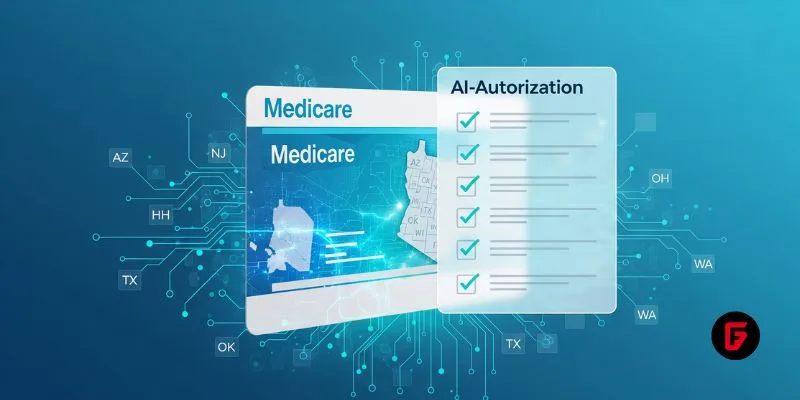
Traditional Medicare will pilot AI-assisted prior authorization in 2026 across six states, focusing on high-risk outpatient services. Clinicians retain final say, but incentives and access concerns loom as CMS tests fraud reduction and “gold card” exemptions. Here’s what providers and patients should know.
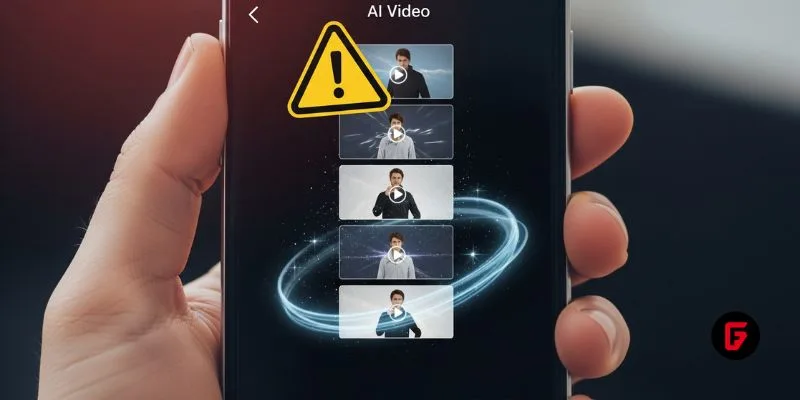
OpenArt’s new “one-click story” compresses scripting, visuals, and edits into ready-to-post short videos—fueling viral growth and a fresh IP debate. We break down how it works, adoption signals, what’s next (multi-character, mobile), and practical guardrails creators and brands should follow to stay original and compliant.
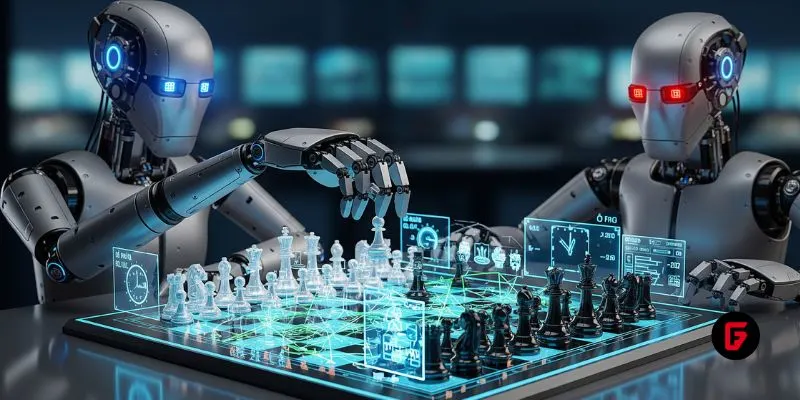
OpenAI’s o3 swept the Kaggle AI chess tournament, defeating xAI’s Grok 4–0. The victory fueled the intense rivalry between Altman and Musk, reshaping AI benchmarks.
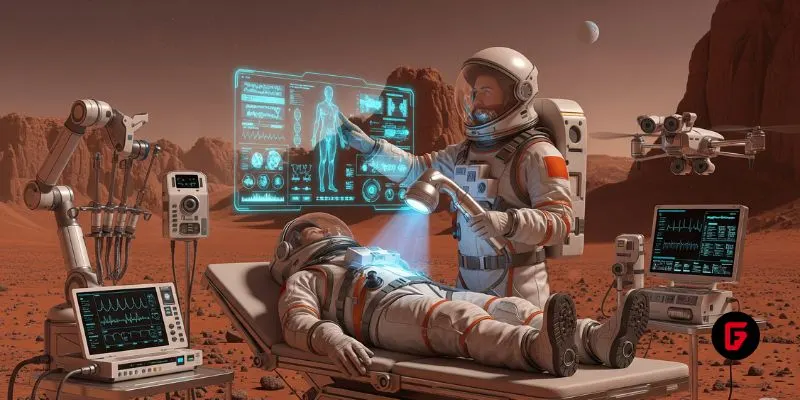
NASA and Google’s AI-powered Crew Medical Officer Digital Assistant enables autonomous diagnoses for astronauts on Mars missions, redefining remote healthcare for space and Earth.

Pinterest’s CEO confirms that fully agentic AI shopping is years away, as the platform invests in AI-powered tools to enhance discovery, inspiration, and personalized shopping experiences for millions.

Shopify’s new AI shopping tools are transforming e-commerce, letting agents and chatbots deliver smooth, personalized shopping and checkout experiences across platforms. Learn how these innovations reshape online retail.

Meta has acquired WaveForms AI, a startup pioneering emotion-detecting voice technology. Learn what this means for Meta’s AI voice ambitions and the future of AI audio.

Tracelight is revolutionizing financial modelling for finance professionals with AI-powered Excel tools that automate complex tasks, reduce errors, and unlock new analysis capabilities. Learn how this next-gen solution changes the future of spreadsheets.
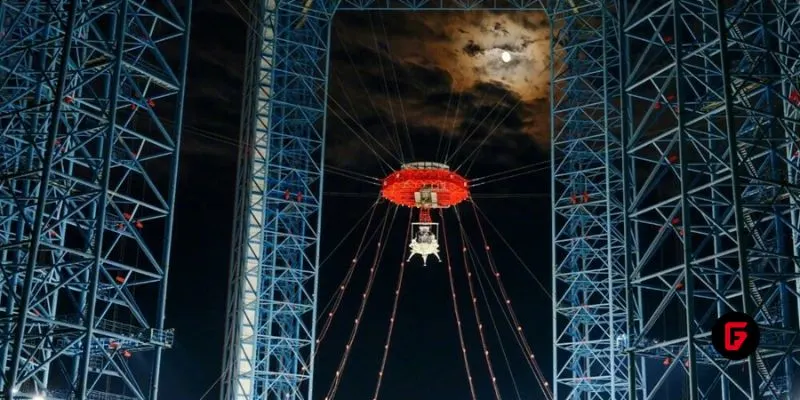
China’s Lanyue lander completed its first major test, showcasing advanced engineering for safe, crewed moon landings before 2030. Explore how this milestone shapes the space race.

Microsoft rolls out GPT-5 across its Copilot suite, integrating smarter AI for enterprise and personal users. Discover new features, free access, and what sets this launch apart.
To provide the best experiences, we use technologies like cookies to store and/or access device information. Consenting to these technologies will allow us to process data such as browsing behavior or unique IDs on this site. Thanks for visiting futureTEKnow.